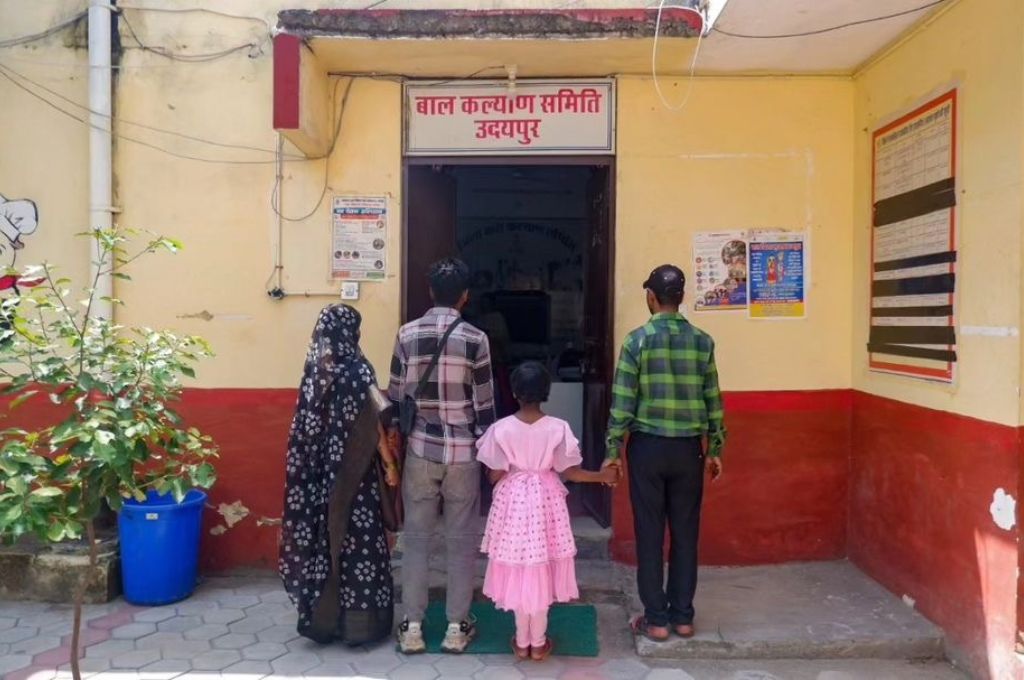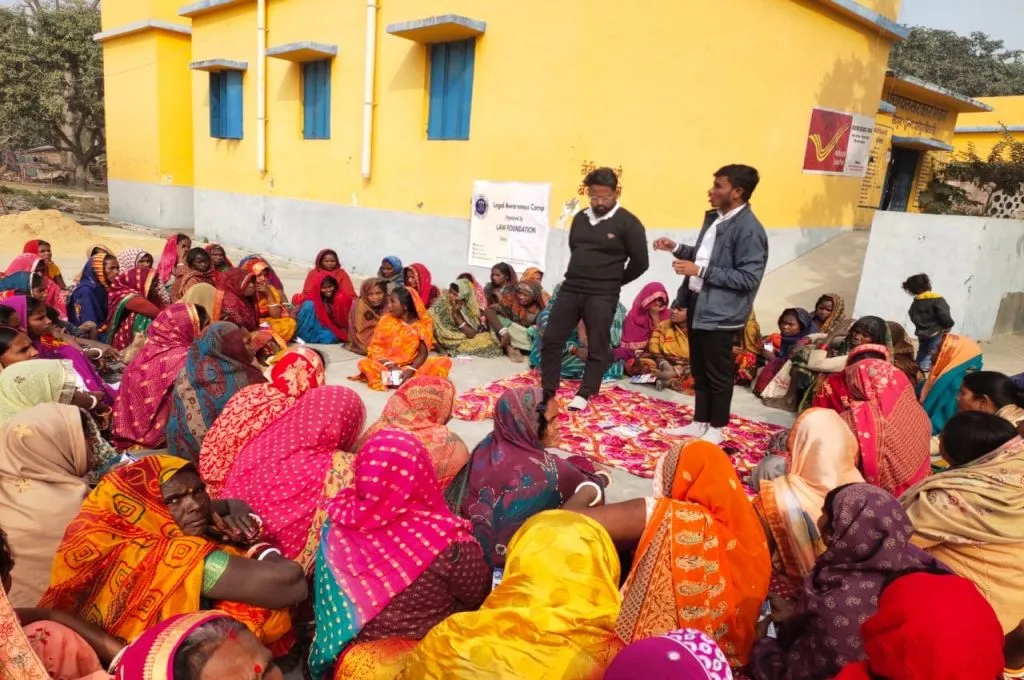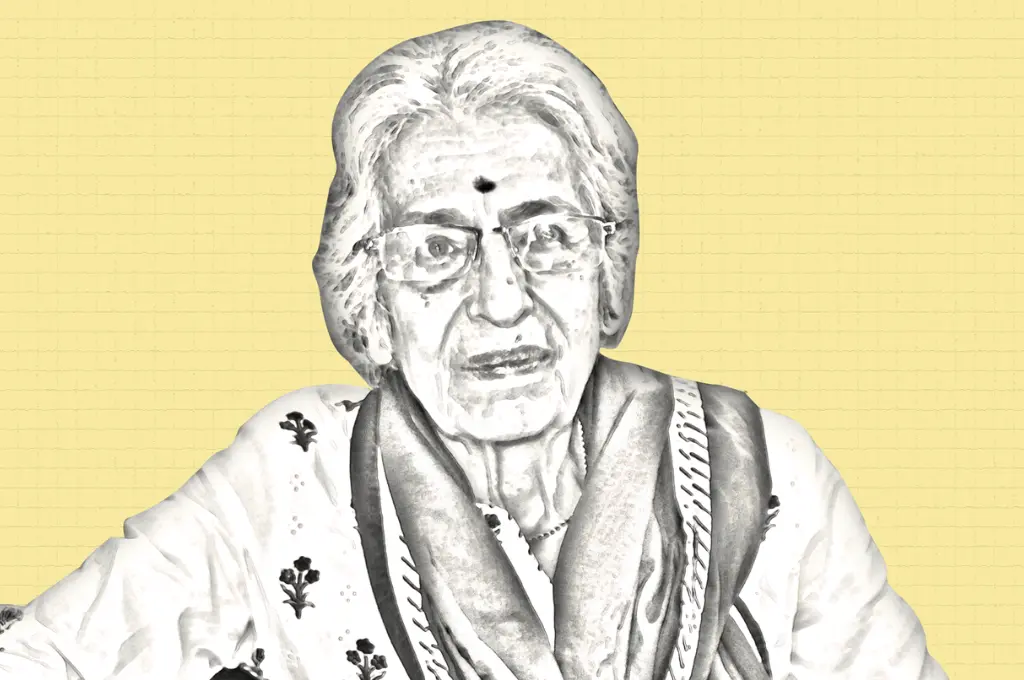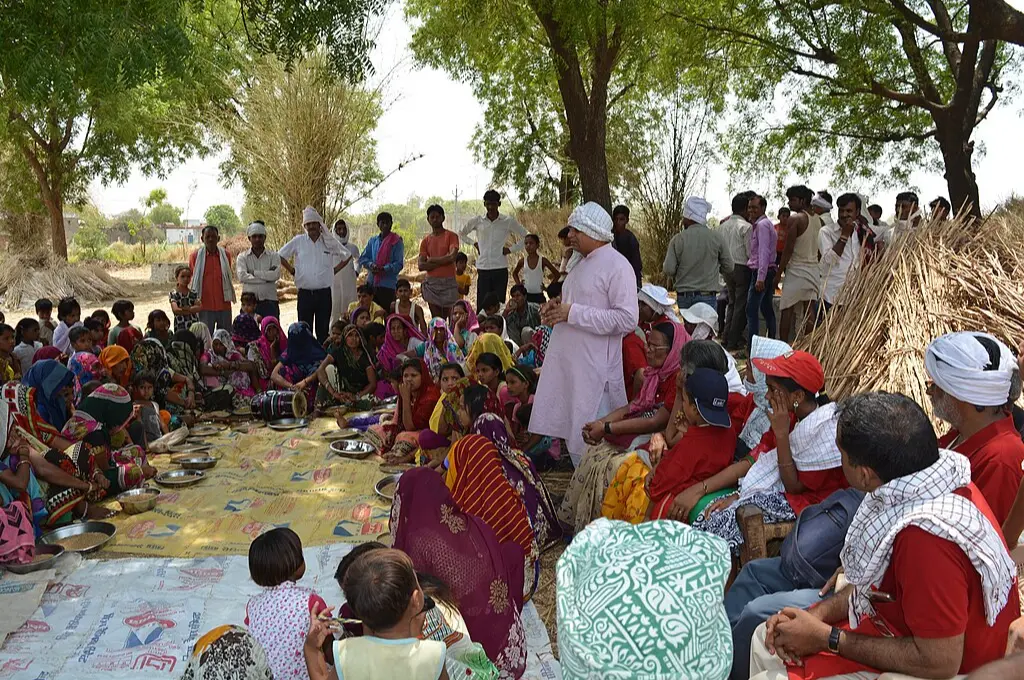India’s child protection system has a problem. Governed by the Juvenile Justice (Care and Protection of Children) Act, 2015, or JJ Act, 2015, the system is designed to address the care, safety, and rehabilitation needs of children who are orphans or who are facing abuse, abandonment, neglect, or any other crisis. At present, it relies heavily on institutional care, that is, child care institutions (CCIs). However, these institutions are meant to be a ‘measure of the last resort‘.
In recent years, increased focus on family-based care has resulted in greater efforts to support families facing financial distress, or for whom childcare poses a financial burden, by offering them assistance through state-funded sponsorship programmes. These initiatives aim to help families care for their children within the home, thereby preventing the need for institutionalisation due to financial challenges.
However, for many children, being with their families is not an option due to the family’s unwillingness to raise them, or the family being deemed ‘unfit’ to care for them. Once placed in a CCI, many of these children end up in long-term institutional care and are deprived of their right to grow up in a family environment. This concern was recently flagged by the Supreme Court as well. Children in the ‘orphan, abandoned, and surrendered’ (OAS) category who are older than six years also find themselves in a similar situation. Their chances of being adopted diminish significantly with age, as approximately 80 percent of adoptive parents prefer children under the age of two. A 2018 report by the Ministry of Women and Child Development states that out of the 3.7 lakh children in CCIs across the country, more than 50,000 children in the OAS category are in the age group of 7 to 18 years. Foster care, a form of family-based care under the JJ Act, 2015, could prove to be a viable alternative for children in this age group.

What is foster care?
Foster care is a system that provides children in need of care and protection—who are above the age of six and who cannot be with their biological parents—the opportunity to grow up in a family environment. It is particularly suitable for children who require temporary care away from their families and are placed in CCIs due to a lack of alternatives. These children may come from families experiencing temporary crises, such as the death or separation of parents, financial hardship, parental incarceration, terminal illness, the need to migrate in search of work, or similar reasons that impair the parents’ ability to care for and raise the child.
Foster care was first incorporated in India’s juvenile justice system through the Juvenile Justice (Care and Protection of Children) Act, 2000, or JJ Act, 2000, and underwent significant changes with the re-enactment of the JJ Act in 2015. The operational and administrative procedures for foster care are outlined in the Model Guidelines for Foster Care, first issued by the central government in 2016, and later revised in 2024. It is implemented by district-level child welfare authorities comprising the District Child Protection Unit (DCPU) and the Child Welfare Committee (CWC).
Foster care is different from adoption. It is a temporary care arrangement for a child in need, with the duration of care ranging from a few months to several years based on the child’s circumstances. In foster care, the legal relationship between the child and their biological family remains intact, and the child does not gain inheritance rights from the foster family. In contrast, adoption is the permanent placement of a child with adoptive parents. Adoption legally ends the relationship between the child and their biological family and establishes a lawful relationship with the adoptive parents. The adopted child gains the same rights and privileges as a biological child, including inheritance rights.
Model Guidelines for Foster Care, 2024
The Model Guidelines for Foster Care, 2024, has revised several provisions of the 2016 guidelines and introduced new measures to make foster care more accessible and appealing to prospective foster parents, while upholding the rights of children. This article examines the key aspects of the 2024 guidelines and offers recommendations for strengthening foster care systems and practices in India.
According to the Model Guidelines, 2024, all children in need of care and protection above the age of six, as defined by the JJ Act, 2015, are eligible for foster care. Additionally, it introduces two new definitions—‘children with no visitation’ and ‘children having unfit guardian’—to highlight common outcomes for those who end up in long-term institutional care. ‘Children with no visitation’ refers to children who have not been visited by their parents or relatives for more than a year, while ‘children having unfit guardian’ refers to children whose parent or guardian is unable or unwilling to parent, or is deemed unsuitable for parenting based on the conditions outlined in the definition.


Other key changes include:
- Moving away from a statewise application procedure and introducing a centralised online application process through the Central Adoption Resource Authority (CARA). Previously, the application process for foster care varied from state to state. For example, some states such as Rajasthan sought offline applications through the DCPU, while others, like Maharashtra, had both an online and offline system.
- Expanding the eligibility of prospective foster parents to allow anyone aged 35–60 years to foster a child, regardless of their marital status, as against the 2016 guidelines that only allowed married couples to foster a child. As per the 2024 guidelines, while single women are allowed to foster a child of any gender, single men can foster only male children.
- Reducing the duration required for foster care to transition into adoption from five years (as per the 2016 guidelines) to two years. However, only children who are ‘legally free for adoption’ can be adopted.
- Making Prospective Adoptive Parents who are registered for adoption with CARA ineligible for foster care.
- Requiring that priority in the selection of foster families be given first to the child’s extended family, followed by unrelated known families, unrelated families, and finally to group foster care.
- Emphasising the consent of the child throughout the process, especially at the time of selection of foster parents.
- Eliminating the income criteria for foster families, and requiring only financial stability. Provisions are made for financial support to the family under the Mission Vatsalya scheme, if needed.
Why has foster care struggled to gain traction?
Although successful cases of foster care have been documented across the country, the practice has not gained enough traction, despite being part of the juvenile justice law since 2000. Several factors contribute to this, a major one being the lack of public awareness, resulting in few people showing interest in registering as foster parents. Additional challenges include:
- A lengthy application process with little support to navigate it.
- Concerns expressed by foster parents about the availability of post-placement support, including need-based counselling for the child and assistance with documentation required at key junctures such as school admissions.
- Worries about the biological parents reclaiming the child, leading to the termination of foster care.
- The long duration required for foster care to transition into adoption—five years until the 2024 guidelines were notified—which would have beenparticularly challenging for older children; for instance, a 14-year-old in foster care would likely age out before the process could result in adoption.
- Other state-specific criteria, such as the requirement that the parent should own a house (Delhi) or have a minimum household income of INR 45,000 and reside in urban areas (Maharashtra).
Improving foster care outcomes
The 2024 guidelines are a step in the right direction, but can help achieve even better outcomes in foster care by making room for the following recommendations:
1. Assessment of the child’s suitability for foster care
Identifying children for foster care requires looking beyond eligibility criteria, as not all eligible children (that is, children over the age of six who are in need of care and protection) may be suited for this arrangement. Factors such as the child’s age, the reasons for their placement in the CCI, the child’s willingness, and the family’s consent for foster care placement must be carefully considered. A thorough assessment by a trained professional is crucial in determining the child’s suitability for foster care.
2. Assessment of foster parents
During the selection of a prospective foster parent, it has been observed that the focus often shifts to the parent’s desire to have a child. This may include situations where a couple wants to foster because they are unable to have biological children, and the process of adoption is long and time-taking. Or their own children have grown up and moved out, leaving them with the time and resources to care for another child. While these motivations are valid, it is essential to prioritise the child’s needs. The assessment should focus on whether the prospective parents can provide the emotional support needed by a child who may have experienced trauma and neglect. Additionally, the socio-cultural background of the family should be considered to ensure that it aligns with the child’s background, or that the parents are willing and able to make the necessary adjustments, thereby minimising any potential adjustment issues for the child.
3. Preparation and expectation setting
Proper orientation of prospective foster parents is arguably the most critical prerequisite for a successful foster care placement. Unfortunately, the 2024 Model Guidelines do not mandate specific pre-foster care training for parents. It is essential that prospective foster parents are clearly informed about the foster care arrangement, understand what is expected of them, and receive training on how to handle situations that may arise after the child is placed in their care. This includes knowing and accepting that foster care is a temporary arrangement, which may be terminated if the biological parents or family (if available), with the approval of the CWC, wish to reclaim their child. Foster parents should also be prepared to facilitate contact between the child and their biological parents or relatives and be aware that the child’s behaviour and habits may differ from their expectations due to the child’s past experiences.
Preparation is equally important for the children. Once identified, children—especially those who have spent significant time in institutional care and are accustomed to its routines—should be offered counselling and an introduction to the norms of life in a family setting. Familiarising the child with the foster parents before placement is also crucial.
4. Post-placement support
While the 2024 Model Guidelines require the CWC to conduct monthly inspections of foster families in order to monitor the child’s well-being, families may need more comprehensive support to effectively address any challenges that may arise. This support could include assistance with everyday tasks such as enrolling the child in school, especially if the child lacks the required documentation, or securing documents that identify them as foster parents for medical care, insurance, schooling, and travel. Additionally, families may need access to counselling or psychosocial support if the child exhibits behavioural issues. It is essential for the DCPU to ensure necessary post-placement support to the family.
5. Family strengthening
The primary objective of foster care is to provide temporary care for a child whose family is in distress, with the ultimate goal of reunification with the biological family. Therefore, it is important that child welfare authorities work closely with the biological family during foster care to build their capacity and address the challenges that led to the child’s separation. However, the 2024 Model Guidelines do not specify the necessary efforts for family strengthening.
Family strengthening must remain a priority to preserve the child’s ties to their biological family and prevent additional distress for parents seeking to be reunited with their child. Regular follow-ups are needed to monitor support, document changes in the family’s circumstances, and identify any further assistance required to facilitate timely reunification. It should be recognised that a parent’s inability or unwillingness to care for their child, which may have caused the separation, can change as their circumstances improve. Family strengthening measures are supposed to be undertaken by the DCPU by linking the family with social protection schemes, but in reality they are generally facilitated by nonprofits.
While foster care may seem like a concept imported from the West, it has deep roots in Indian society. Often practised informally as kinship care, families and communities in India have always stepped up to support children in need. Mythological references and historical practices highlight the long-standing tradition of caring for children within extended families. As we work to strengthen foster care in India, we must learn from the experiences of other countries where the system has sometimes failed to protect children. Ultimately, for foster care to be successful, collaboration between the government and civil society is key. Together, we can build a system that not only protects but also nurtures every child in need.
—
Know more
- Read this article to know how child care institutions can get better at protecting children.
- Read this report to learn when and how de-institutionalisation should ideally be practiced.
- Listen to this podcast to know more about the legal framework surrounding foster care in India.
Do more
- Register to be a foster parent here.




